1. Skipping Regular Veterinary Visits

FMT
Regular vet visits are crucial for your dog’s health and longevity. These checkups allow for early detection of potential issues like dental disease or arthritis. Preventative care, including vaccinations and bloodwork, is vital to catching problems before they worsen. Many pet owners only visit the vet when their dog shows signs of illness, but proactive care can add years to your pet’s life. Don’t wait for visible symptoms; scheduling regular appointments is one of the best ways to ensure your dog’s well-being.
2. Feeding an Unbalanced Diet
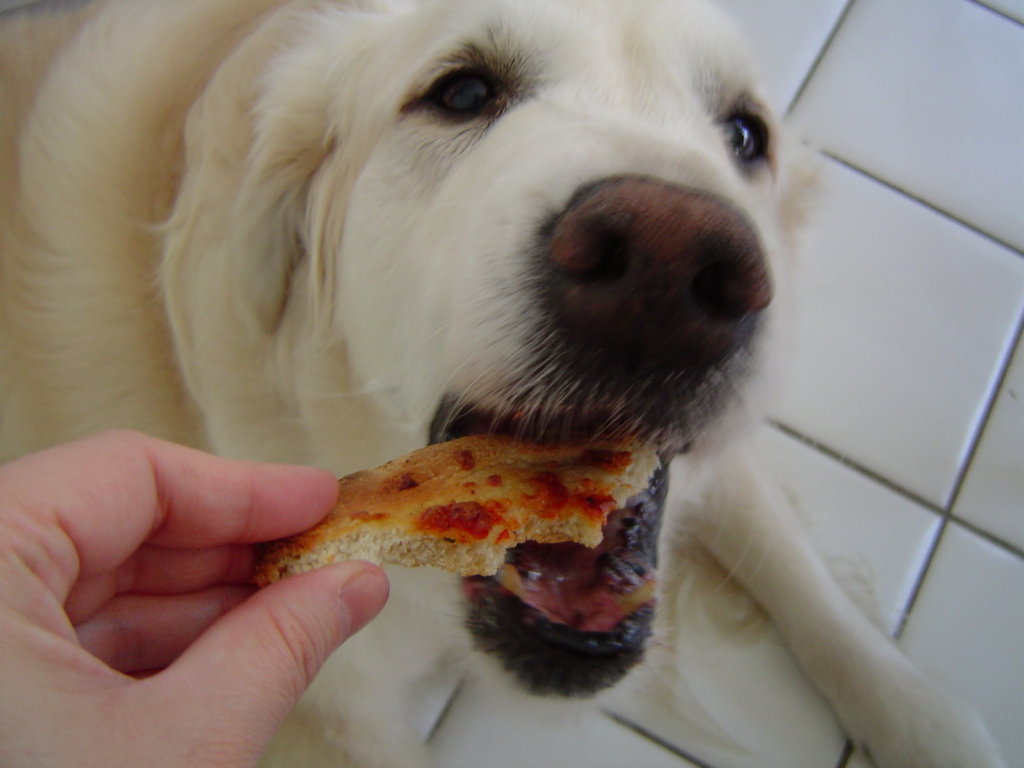
Wikimedia Commons
A proper diet is the cornerstone of a healthy dog. Many owners unknowingly harm their pets by overfeeding treats, providing low-quality kibble, or offering human foods that can be toxic. Dogs require nutrients tailored to their breed, age, and activity level. Improper nutrition can lead to obesity, digestive issues, and long-term health problems. Consult your vet for dietary recommendations and avoid feeding harmful foods like chocolate, grapes, and onions. Balancing their meals ensures your dog gets the energy and nutrients they need to thrive.
3. Lack of Proper Exercise
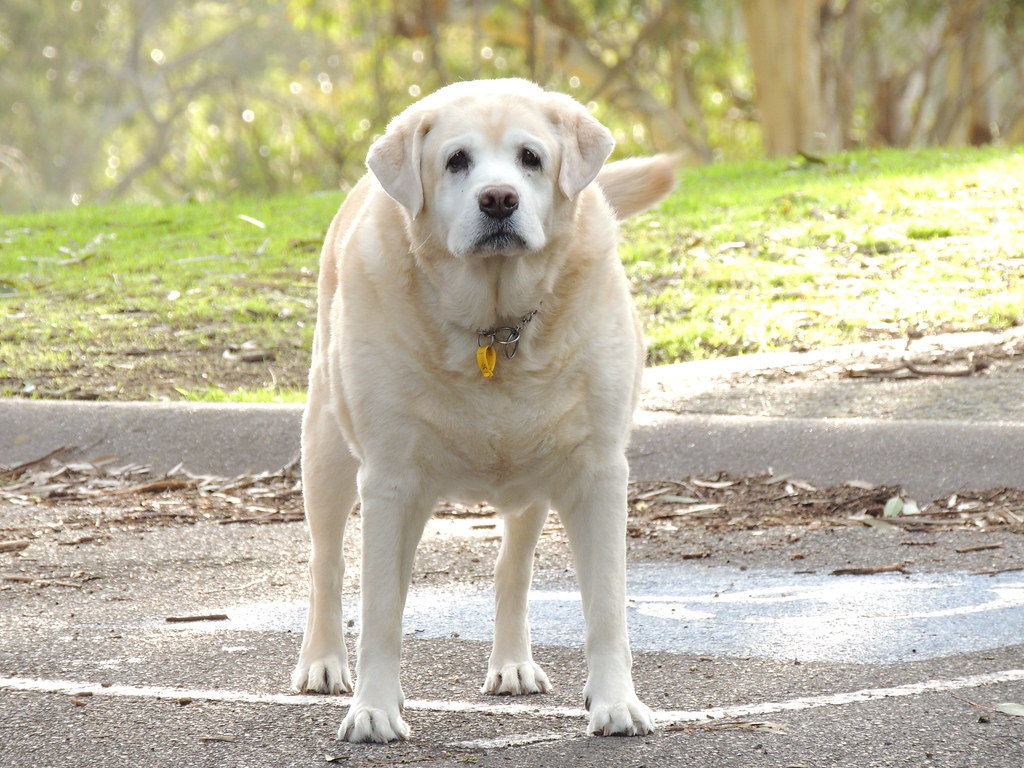
Flickr
Exercise is essential for your dog’s physical and mental health. Without it, dogs can develop obesity, anxiety, and destructive behaviors. Whether it’s a brisk walk, a game of fetch, or off-leash time at the park, every dog needs activity that matches their energy level and breed requirements. Regular exercise doesn’t just keep your dog fit; it also strengthens your bond. Tailor your dog’s exercise routine to their specific needs to ensure they remain happy and healthy.
4. Ignoring Dental Care
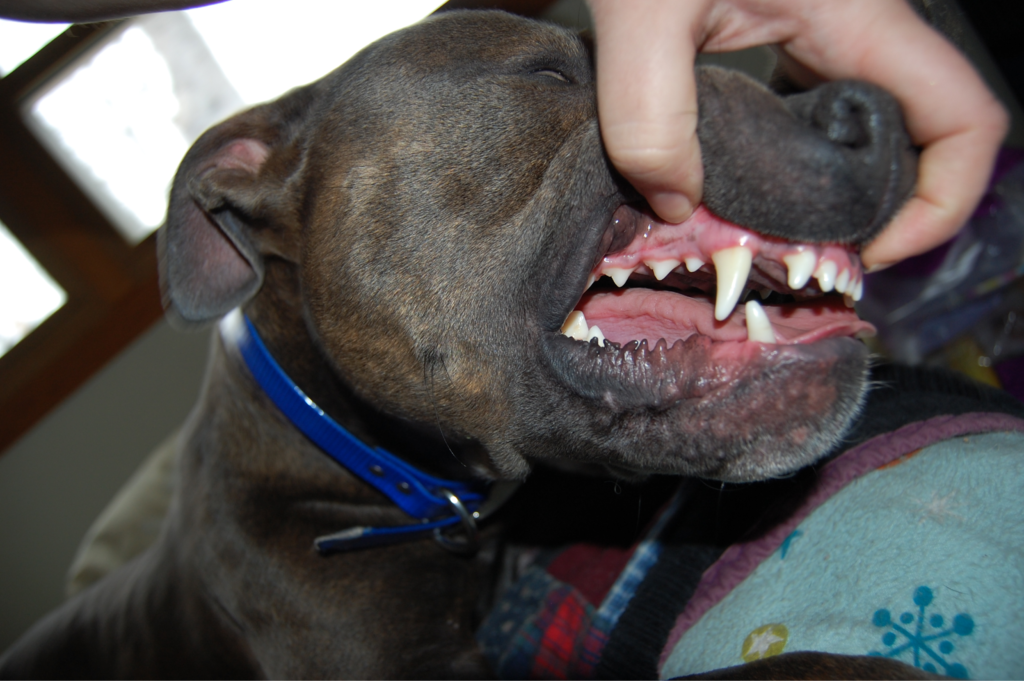
Wikimedia Commons
Dental health is often overlooked, but it’s a critical part of your dog’s care. Plaque and tartar buildup can lead to gum disease, tooth loss, and even systemic health problems. Brushing your dog’s teeth regularly, using dental treats, and scheduling professional cleanings are essential steps. Ignoring dental hygiene can cause pain and infection, significantly affecting your dog’s quality of life. Don’t underestimate the importance of maintaining your pet’s oral health.
5. Overlooking Behavioral Changes
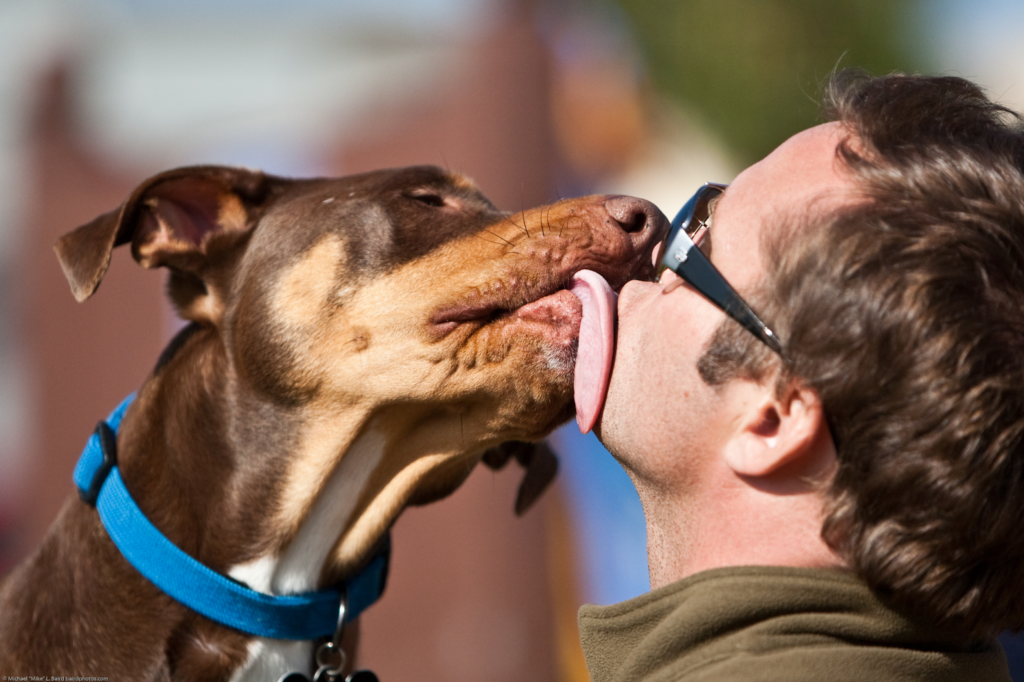
Wikimedia Commons
Your dog communicates through their behavior, and changes can signal health or emotional issues. Excessive licking, lethargy, aggression, or whining shouldn’t be ignored. These behaviors could indicate pain, illness, or stress. Paying attention to your dog’s actions and consulting a vet or behaviorist when something seems off is crucial. Early intervention can prevent minor issues from becoming severe problems, ensuring your dog stays happy and healthy.
6. Using Harsh Training Methods

Flickr
Training should build trust and confidence, but harsh methods like yelling, hitting, or using shock collars can harm your dog’s emotional well-being. These approaches often lead to fear and anxiety rather than learning. Positive reinforcement, such as rewarding good behavior with treats and praise, is far more effective and humane. This method fosters a strong bond between you and your dog, creating a happier and better-behaved companion.
7. Leaving Them Alone for Too Long

Flickr
Dogs are social animals and thrive on companionship. Leaving them alone for long periods can cause loneliness, separation anxiety, and destructive behavior. Signs of distress might include excessive barking, chewing, or pacing. If you’re frequently away, consider hiring a dog walker, arranging playdates, or using a pet camera for interaction. Ensuring your dog feels connected and cared for is vital for their emotional health.
8. Neglecting Grooming
PICRYL
Grooming isn’t just about appearances—it’s essential for your dog’s health. Neglected grooming can lead to painful matting, overgrown nails, and ear infections. Regular brushing, nail trimming, and ear cleaning are crucial, especially for breeds with specific grooming needs. Keeping your dog clean and comfortable not only enhances their quality of life but also helps you spot potential health issues early.
9. Allowing Them to Gain Too Much Weight

Flickr
Obesity is a growing issue among dogs and can lead to serious health problems like joint pain, diabetes, and heart disease. Overfeeding or indulging in too many treats are common culprits. Regular vet visits can help monitor your dog’s weight and guide you on appropriate portion sizes and exercise routines. Maintaining a healthy weight ensures your dog lives a longer, more active life.
10. Forgetting About Mental Stimulation

Flickr
Dogs need mental engagement as much as physical exercise. Without it, they can become bored, anxious, and destructive. Interactive toys, puzzle feeders, and training sessions are excellent ways to challenge your dog’s mind. Incorporating mental stimulation into their routine keeps them sharp, happy, and better behaved, making your time together more enjoyable.
11. Using Unsafe Collars or Harnesses
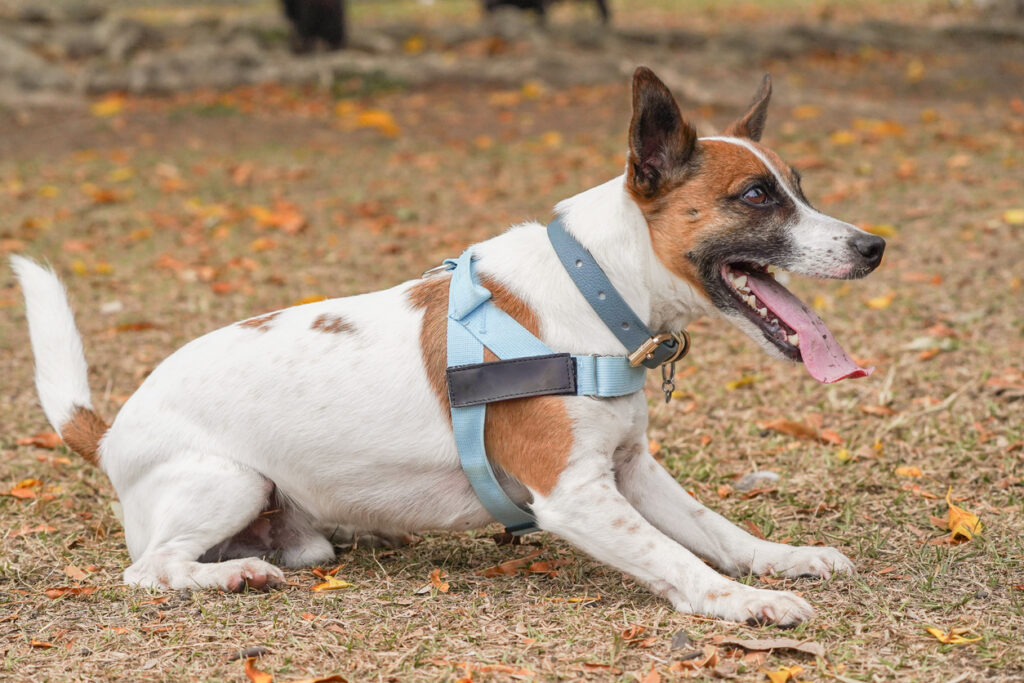
iStock
Ill-fitting or inappropriate collars and harnesses can cause discomfort and even injury. A collar that’s too tight may restrict breathing, while one that’s too loose could lead to escapes. Avoid using choke or prong collars, which can inflict pain and damage. Instead, choose a well-fitted harness or collar that ensures your dog’s safety and comfort during walks.
12. Exposing Them to Extreme Temperatures

Flickr
Dogs are vulnerable to extreme weather conditions. Heatstroke can occur quickly in hot weather, while freezing temperatures can cause frostbite. Never leave your dog in a parked car, regardless of the season. Ensure they have access to shade and water during summer and protective gear like coats and booties in winter. Being mindful of the weather keeps your dog safe and comfortable.
13. Neglecting Socialization
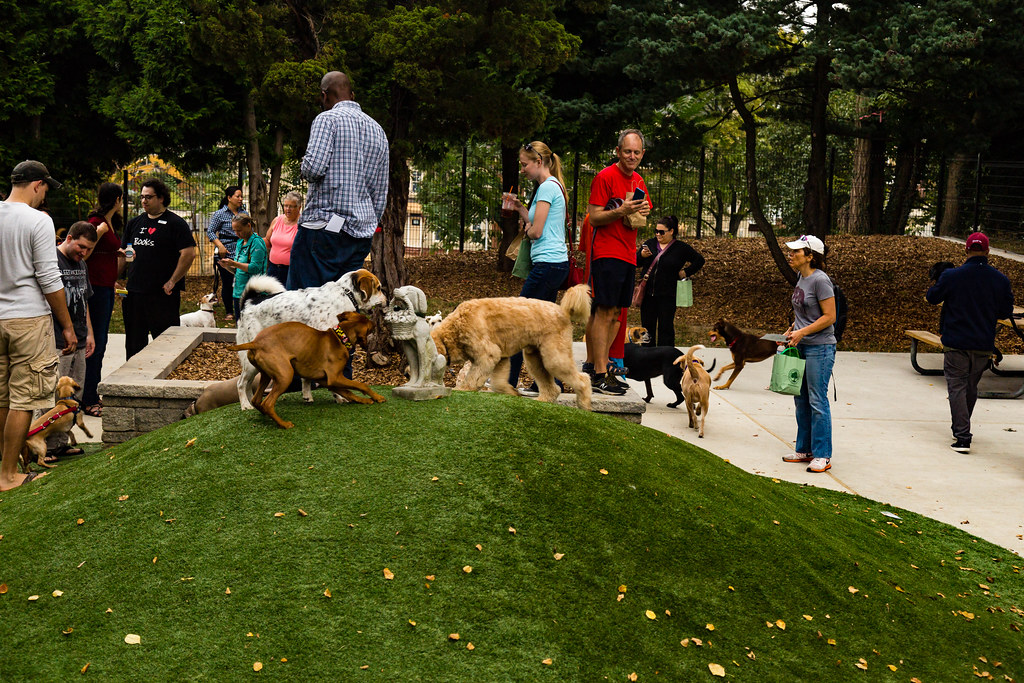
Flickr
Proper socialization is key to raising a confident and well-adjusted dog. Dogs that aren’t exposed to various people, animals, and environments may develop fear or aggression. Start socializing your dog early, introducing them to new experiences gradually. Even older dogs can benefit from careful socialization with patience and positive reinforcement. This effort helps them feel more secure in diverse situations.
14. Not Providing a Safe Space

Rawpixel
Dogs need a designated area where they can retreat and feel secure. This space could be a crate, a bed, or a quiet corner in your home. A safe space helps dogs decompress during stressful times, such as during loud noises or unfamiliar visitors. Ensuring your dog has a comforting sanctuary is crucial for their emotional well-being.
15. Skipping Flea and Tick Prevention
Flickr
Parasites like fleas and ticks can cause discomfort and serious health risks. These pests can transmit diseases and lead to skin infections. Regular prevention, whether through topical treatments, collars, or oral medications, is necessary to protect your dog. Staying vigilant against parasites ensures your furry friend stays itch-free and healthy.
16. Not Spending Quality Time Together

Rawpixel
Your dog values time spent with you more than anything. Neglecting bonding activities can lead to behavioral and emotional issues. Make time for walks, play, and cuddles daily. Building a strong relationship with your dog not only makes them happy but also enhances your connection, creating a mutually fulfilling companionship.


